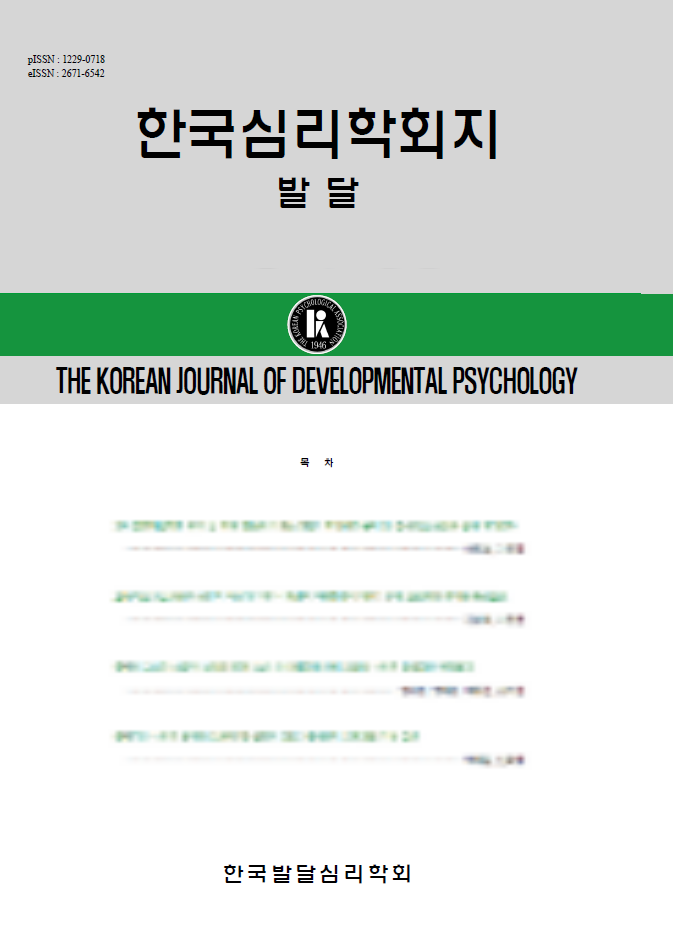open access
메뉴
open access
메뉴 ISSN : 1229-0718
ISSN : 1229-0718
초등학교 1학년에서 6학년까지 총 742명의 아동들을 대도시, 중소도시, 농촌지역에서 표집하여 기초 어휘 1000단어에 대한 이해도를 학년, 성, 지역, 품사변인별로 분석하였다. 어휘 이해도는 4 학년까지 계속 증가하다가 5 학년 때 하강하고 6학년때 다시 상승하는 발달패턴을 보였다. 4학년 때 어휘 이해의 스퍼트가 나타났으며 6학년까지는 정체되는 경향성을 보였다. 성차도 발견되었는데 여자 아동들이 남자 아동들보다 전반적으로 어휘 이해도에 있어서 우수하였다. 지역에 따라 어휘 이해도도 차이가 있었고 대도시 지역의 아동들이 중소도시나 농촌 아동들보다 우수하였으며 중소도시와 농촌 아동들간에는 차이가 없었다. 품사별로는 명사에 대한 이해도가 동사와 형용사에 비해 높았으며 동사와 형용사의 이해도 간에는 차이가 없었다.
Based on the responses of 742 children, from 1st to 6th grade and from large-size city, medium-size city, and agricultural area, on the basic vocabulary synonym tests composed of 1000 items, their vocabulary comprehension was analyzed in terms of a series of variables: grade, sex, region, and part of speech. When it comes to grade variable, discontinuous developmental pattern was found: vocabulary comprehension was continually increased up to 4th grade, decreased at 5th grade, and increase again at 6th grade. It seems that 4th graders show spurt in vocabulary comprehension, excelling 5th graders and showing not much difference from 6th graders. Sex difference in vocabulary comprehension was found in general level in favor of girls over boys. Regional difference was also found in favor of children inhabiting in large-size city over children inhabiting in medium-size city and agricultural area, and children in the latter two regions showed no difference in vocabulary comprehension. With regard to the variable of part of speech, children's comprehension of noun was superior to that of verb and adjective, and those of verb and adjective were not different.
